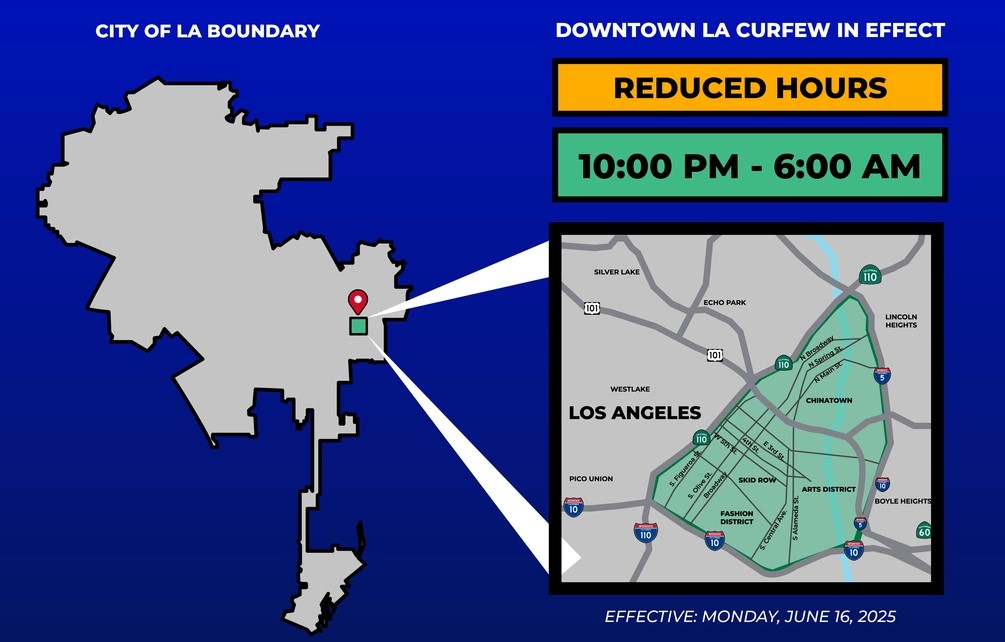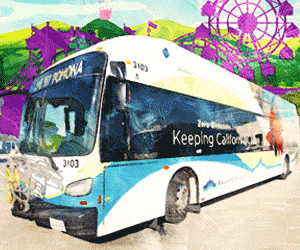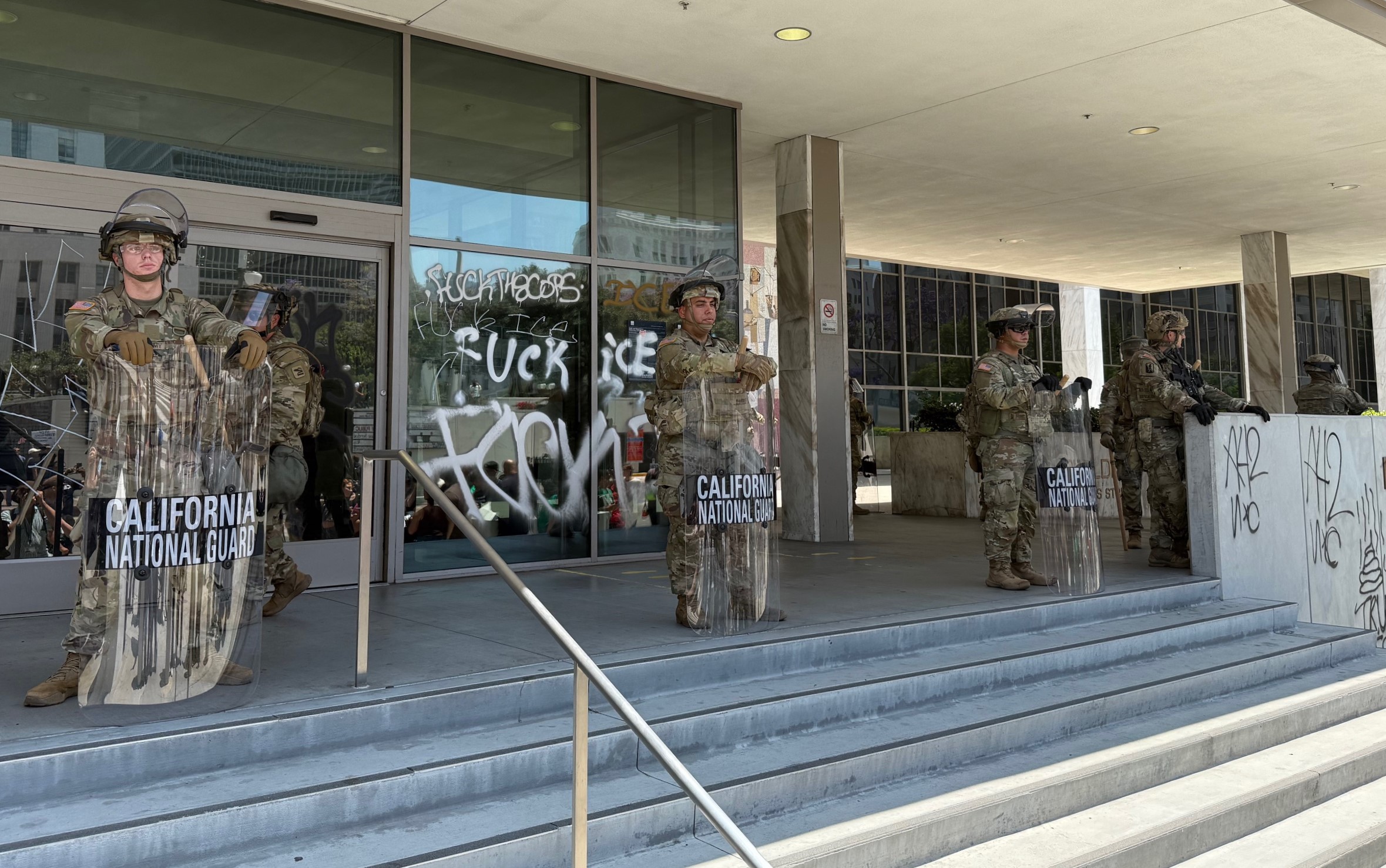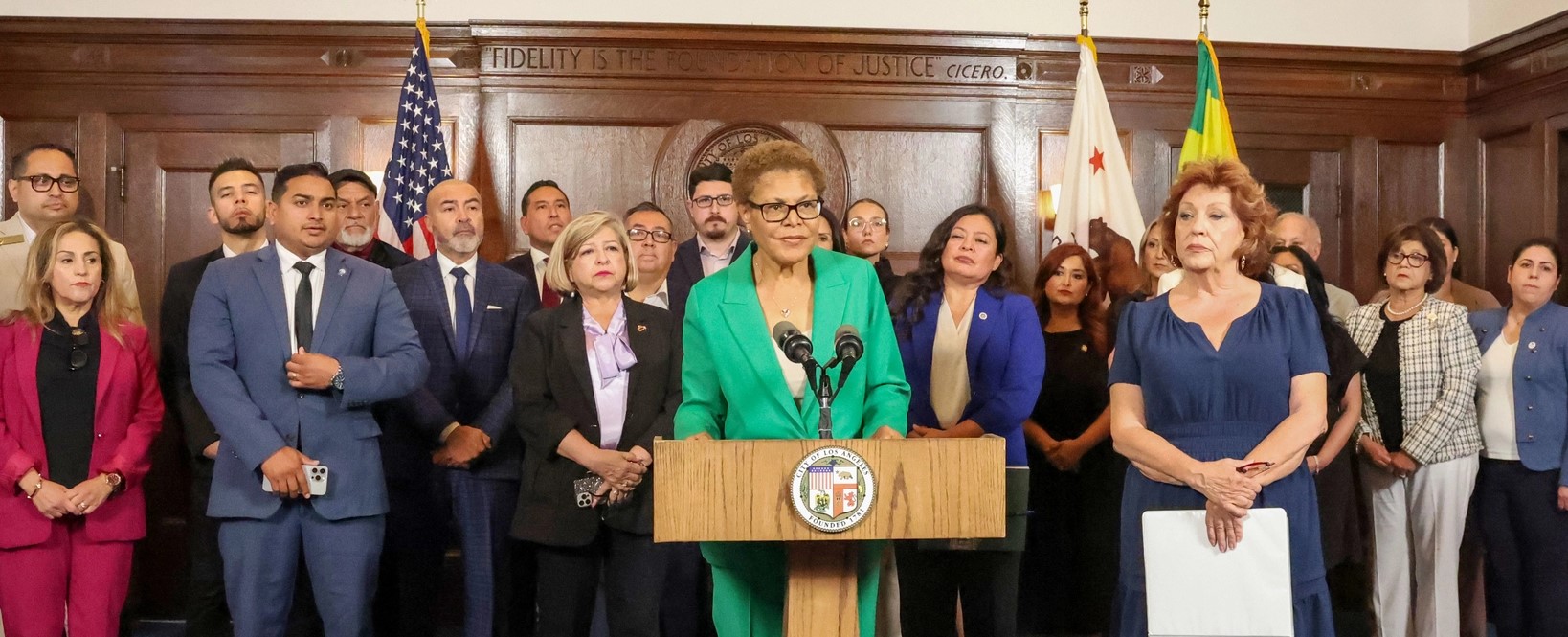
The confluence of the Los Angeles River and the Arroyo Seco, is one of the most historic places in Los Angeles. In 1769, Spanish explorers Colonel Gaspar de Portola, Father Juan Crespi and Michael Costanso "discovered" Los Angeles. It also, in the words of the Arroyo Seco Foundation, "provides the key linkage of the Los Angeles River to vital habitat and wildlife corridor, joining the San Gabriel Mountains to the Santa Monica Mountains."
There are ongoing efforts to preserve the area surrounding the Confluence, for reasons of historical significance and the ecological value. Earlier this week those plans received a boost.
As recently as 2009, it seemed unlikely that an extension of the Arroyo Seco Bike Trail would occur anytime in the near future. But times have changed, thanks in part to the process creating the LA County Bike Plan and political pressure brought by Councilman Ed Reyes and County Supervisor Gloria Molina. Earlier this week the City Council Transportation Committee quickly and unanimously passed a motion by Councilmen Bill Rosendahl and Reyes allowing the city to begin construction of a quarter mile portion of a bicycle and pedestrian path extending from Avenue 26 to San Fernando Road. The path provides direct access to the future Confluence Gateway Project from Metro Rail. The Avenue 26 Metro Gold Line station, known as the "Lincoln/Cypress Station" is within a stone's throw of the trail entrance.
The Arroyo Seco Foundation explains the route of the path:
The 1280 trail will travel along the south rim of the Arroyo through the area directly beneath the Golden State Freeway. The path replaces a maintenance yard for the Los Angeles Bureau of Sanitation. A massive concrete trash transfer structure will be removed to make room for the trail to reach San Fernando Road. From there, bicyclists will be able to connect to the Los Angeles River Bike Trail on the west side of the river. Gates will be installed at each end of the trail.
The land for the new trail is owned by both Caltrans and Los Angeles. The costs of the project will be borne by Caltrans and the County of Los Angeles. The County will design and administer the construction of the trail and the City, by contract with the Los Angeles Conservation Corps, will maintain the project upon completion. Activists hope this project will be the beginning of a project to connect the L.A. River Trail with the Arroyo Seco Trail and the beginning of an investment in completing the River Confluence Gateway, a larger park that would protect that open mouth of the River/Arroyo Confluence, would restore wetlands, and open up more space to the public.






